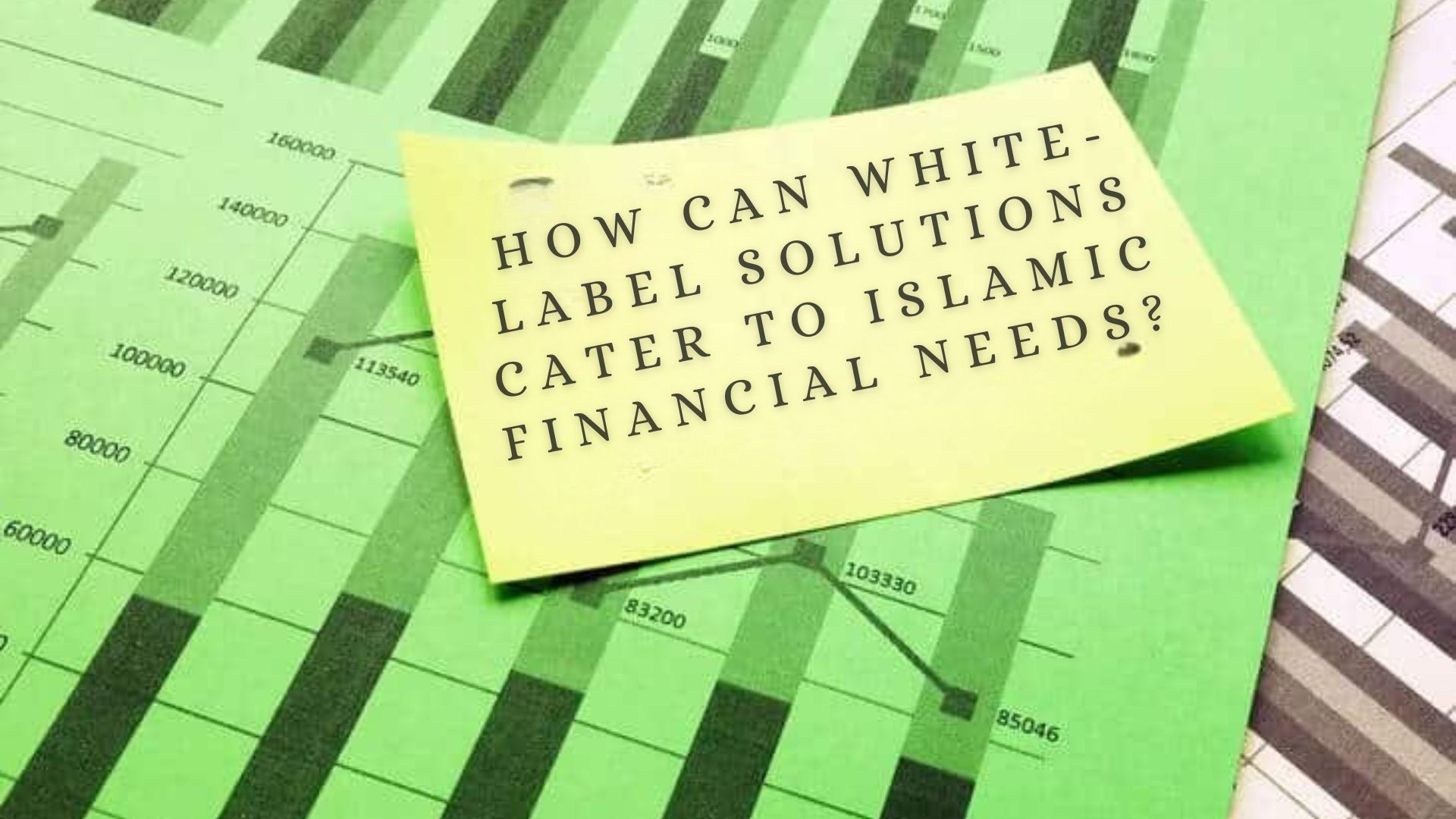In recent years, there has been an increase in demand for inclusive financial services tailored to the specific needs of Muslim populations around the world. Read More
However, accessing Islamic financial products and services can be challenging. Both individuals and businesses struggle with this. In this article, we explore how white-label solutions can play a pivotal role in bridging the gap in Islamic finance. And we will also understand how they promote financial inclusion. Islamic finance operates on a set of principles deeply rooted in Shariah law. They aim to foster financial transactions; all of this is aligned with Islamic teachings. Central to these principles is the prohibition of interest (riba), – which is exploitative and detrimental to economic justice. Additionally, Islamic finance prohibits transactions involving uncertainty (gharar), while emphasising transparency and fairness in all dealings. Despite the ethical framework Islamic finance provides, accessing its products and services can pose significant challenges within traditional banking systems. Many financial institutions lack the infrastructure and expertise to offer Sharia-compliant options. This leads to limited availability and accessibility for Muslim individuals and businesses. Moreover, because of this, it becomes difficult for those who seek to align their financial practices with their religious beliefs. With white-label solutions, however, brokers can provide access to their customers with varying needs. These solutions provide accessible platforms and services tailored to the specific requirements of Muslim communities. You can sign up with this white label service provider hfm.com to enjoy the services. Through collaboration with white-label providers, brokers can expand their offerings to include Sharia-compliant products. As a result, they can enhance their accessibility and promote financial inclusion for Muslim populations worldwide. White-label providers offer customization options to tailor platforms. Not only can they offer customised services in different packages, but they can also offer requirements for specific markets, like Islamic markets. Here are some of the solutions they will offer you concerning Islamic markets: White-label solutions make Islamic finance more accessible to a broader audience. Individuals and businesses alike have ethical financial alternatives. For example, white-label solutions can offer trading platforms and other products and services that will make trading more accessible for Muslim traders. As a result of this accessibility, these solutions foster financial inclusion. Muslim communities feel empowered to participate in the global economy. White-label providers ensure regulatory compliance with Shariah principles and local financial regulations. Since any type of interest is prohibited in Islam, White-label solutions ensure that they provide solutions and services that align with the trading requirements of Muslim trading. They do so by offering a pre-built trading platform that caters to Islamic audiences, for instance. New brokers who want to offer their services to Muslim traders can opt for this service. Because this service is tailored to a specific targeted audience, they do not struggle with curating their service from scratch. By traversing difficult regulatory frameworks, white-label solutions enable banks and brokerage businesses to confidently offer Islamic financial services. White-label solutions have been playing a significant role in promoting financial inclusion. Catering to the diverse needs of Islamic finance, they ensure that everyone gets access to different opportunities to grow their income. By offering accessible and customizable platforms, white-label providers empower financial institutions to bridge the gap in Islamic finance. They offer ethical financial solutions to Muslim communities worldwide. As the demand for Shariah-compliant finance continues to grow, white-label solutions will serve as catalysts for innovation. Take their help and progress in the realm of inclusive finance.
Addressing the needs of Muslim traders:
Islamic Principles in Finance:
Role of White-Label Solutions in Islamic Finance:
Providing accessible solutions:
Customization for Islamic Markets:
icmarkets.com
Benefits of White-Label Solutions for Islamic Finance:
Enhanced Accessibility:
Regulatory Compliance:
Challenges and Opportunities:
Educational Awareness:
Market Growth Potential:
In The End
How Can White-Label Solutions Cater To Islamic Financial Needs?
In recent years, there has been an increase in demand for inclusive financial services tailored to the specific needs of Muslim populations around the world. Read More





















